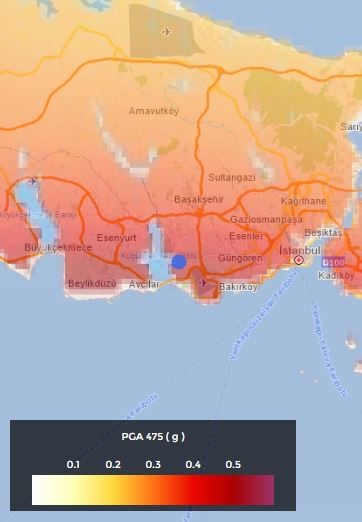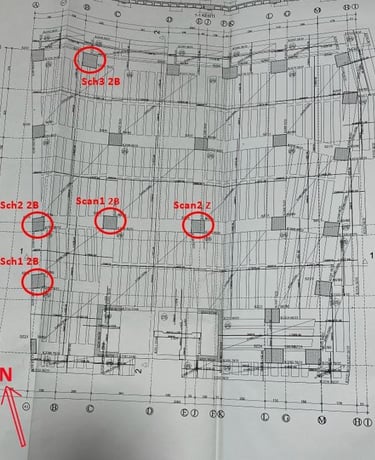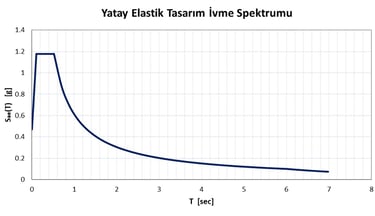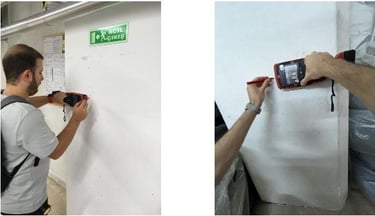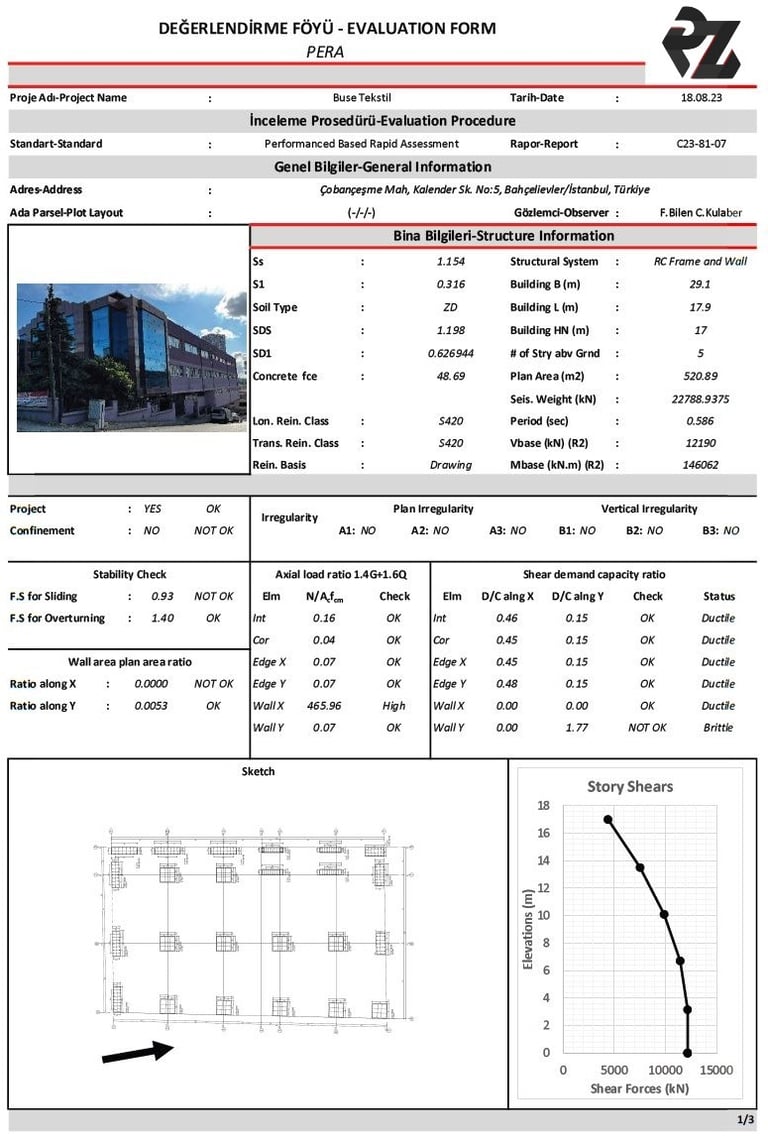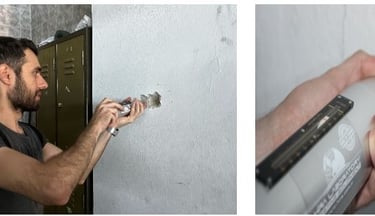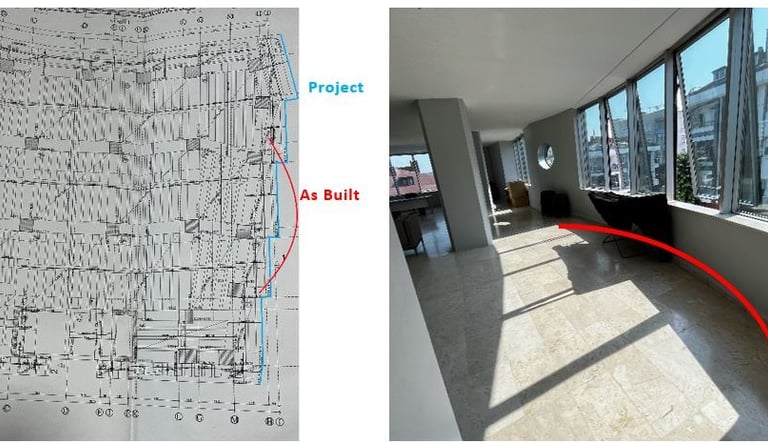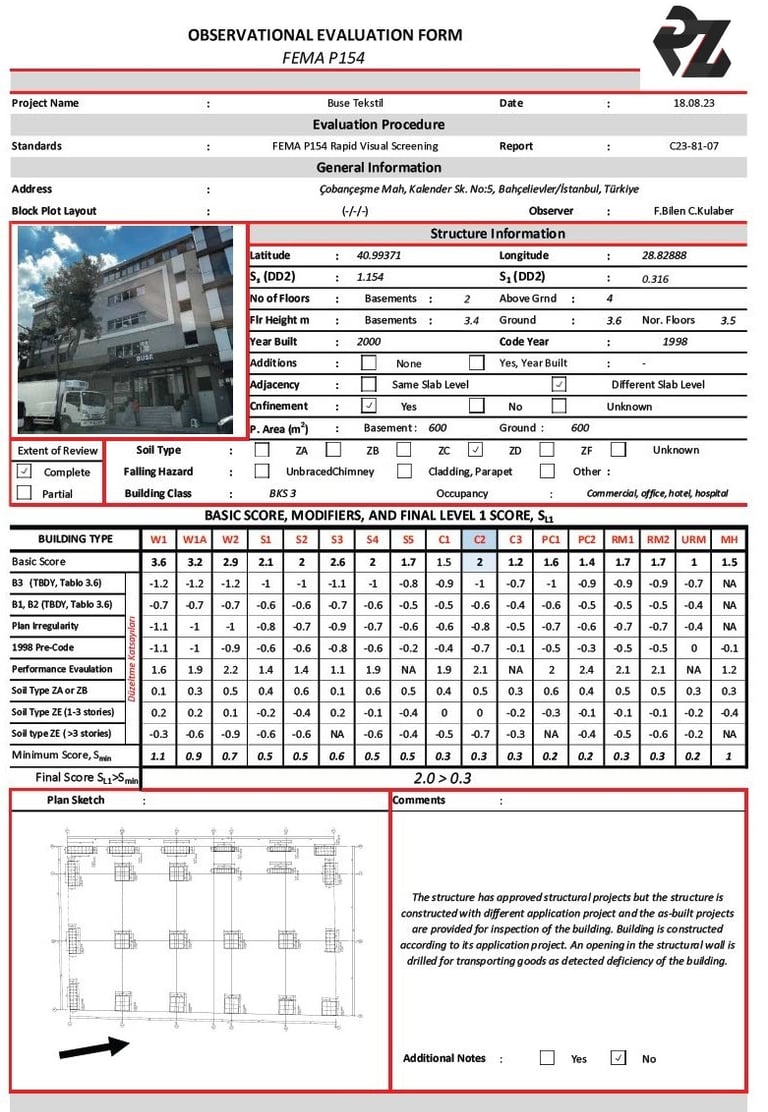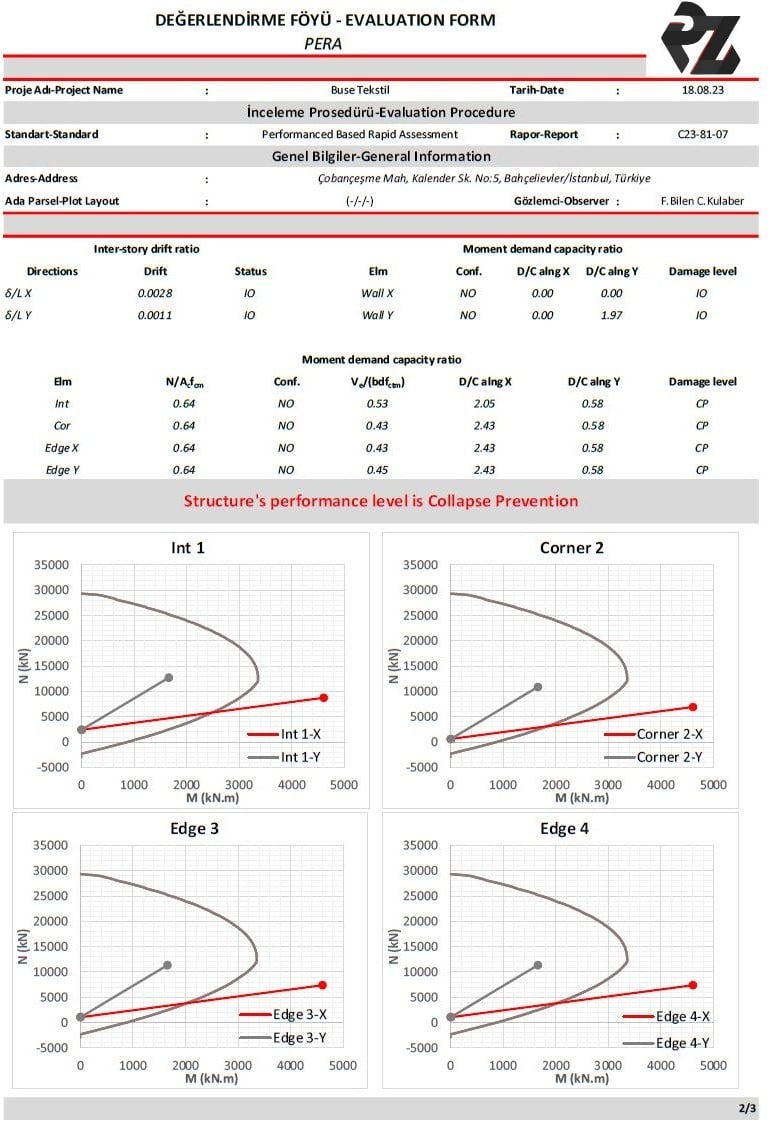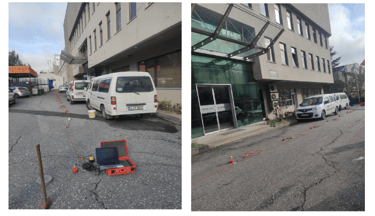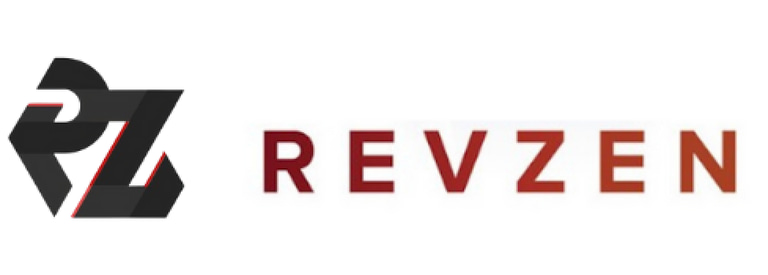Rapid Visual Screening
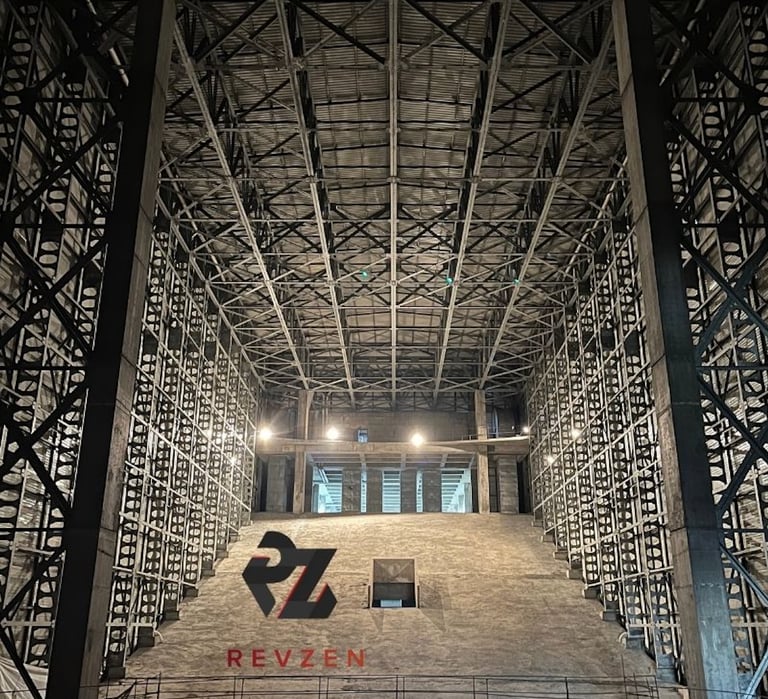

Revzen Engineering offers visual screening service which is a rapid alternative evaluation method according to international codes such as ASCE 41, FEMA 154 or articles in the literature such as PERA in cases where comprehensive evaluation is not possible due to various reasons such as time, economy and bureaucracy. The relevant evalation methodology can be summarized as follows.
Methodology
In order to classify the seismic risk level of the factories, a unique methodology that is based on both observation and some in situ material test is formed to meet client’s demands.
FEMA P154 (Rapid visual screening) and PERA (Performance Based Rapid Seismic Assessment Method for RC Frame Buildings 2014) were used as guidelines in order to gather data and detect deficiencies about structures. Some of the fundamental engineering parameters (Structural period, base shear, overturning moment etc.) were calculated. Elastic shear and moment demand-capacity ratios were calculated as well if building was reinforced concrete structure. Finally based on gather data, calculation and scores of two approach; Risk category of structure was determined.
In summary, formed evaluation process includes following steps:
· Determination of concrete compressive strength by rebound hammer test
· Determination of reinforcement arrangement and spacing by concrete scanning (Hilti PS85 or Bosch D-Tech 120)
· Determination of local site condition by seismic refraction (shear wave velocity) test
· Detection of removed or added structural elements with structural surveying
· Preparation of report based on site observations and tests according to local and international guide lines.
As a result, the structure/structures examined in the light of all data are reported and the seismic risk level is determined. The basic risk category definitions are as follows.
Low Risk: Structure has structural drawings. Site observations and tests show that existing structure was constructed according to its structural drawings with high compliance. Finally, structure does not have a fundamental engineering deficiency.
Moderate Risk: Structure may or may not have structural drawings but structural load carrying system complies with engineering rule of thumbs. Structure may have some ignorable engineering deficiencies.
Risky: Structure neither have structural drawings nor constructed according to its structural drawings if there are any. Structure has one or more than one fundamental engineering deficiencies. Structure has poorly designed structural load carrying system.
High Risk: Structure has many fundamental engineering deficiencies. Building has many structural cracks that are wide enough to call them “structural damage”. Structure gives alert under gravity loads.
Note: The evaluation with the methodology cannot be deduced as comprehensive performance evaluation (Seismic performance assessment according to TBDY 2018 Chapter 15) of the structure.
